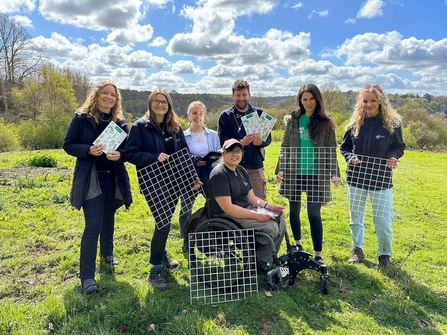With summer just around the corner, practical conservation tasks begin slowing down as the bird's nest and the wildflowers pop-up survey season is heating up, so let's dive in.
What is surveying and Citizen Science?
Surveys are a way of monitoring species and often involve some patience as you identify and count species to help keep a record and monitor the health of species and habitats.
Citizen Scientists are members of the general public who help by taking part in surveys, so anyone can be a Citizen Scientist and participate in important research.
Do I need to know anything?
Many people believe that to do these surveys, you need to be a wildlife expert, and although that would help, many people learn as they survey.
Let's look at a few examples of beginner UK-wide surveys you can get on with without any experience...







